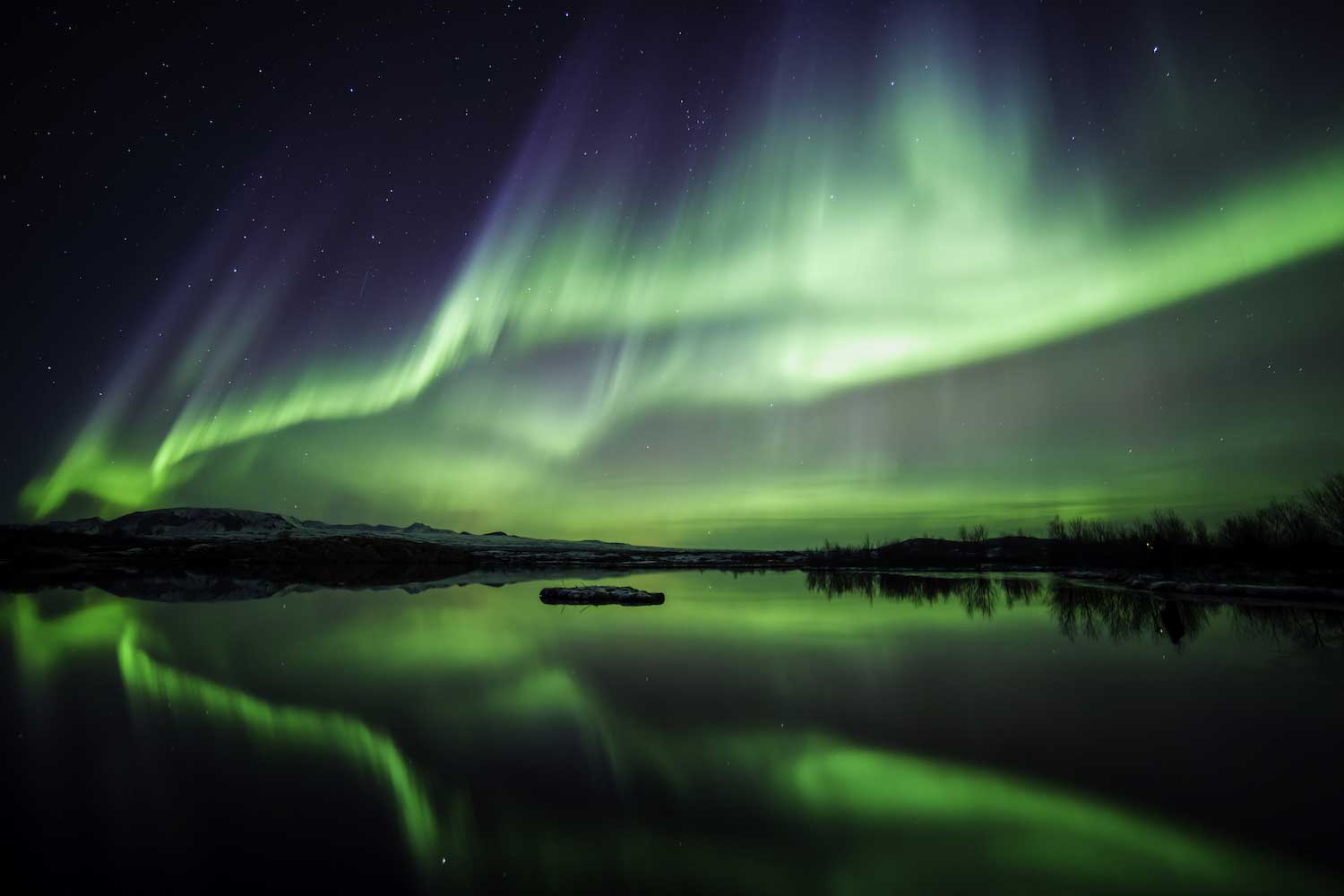Nature curiosity: What are the northern lights?

There's a lot to see in the night sky. There's the moon and stars, of course. The planets often make appearances, and sometimes we are lucky enough to see comets and meteors streaking across the dark night sky. And there's another night sky phenomenon that is truly a sight to see, but it's harder to predict, at least at some latitudes.
The northern lights, also called aurora borealis, aren't really a celestial event, although famed astronomer Galileo Galilei did first use the term aurora to describe this phenomenon because he believed it was caused by sunlight reflecting off Earth's atmosphere, according to National Geographic. The dazzling light show does have to do with our planet's atmosphere, but it is actually caused by the interaction with solar wind — a stream of ions that shoot out from the sun — and how they interact with the atmosphere. When the ions collide with atmospheric gases at high speeds, they produce flashes, and those flashes collectively fill the sky with colored light.
The color patterns can include pulsating or throbbing flashes of light, a rippling sheet or curtain of light or steady colored light. The color of the northern lights is dependent on the altitude in the atmosphere where the ions are colliding with gases. At altitudes below 60 miles, the lights are blue. Between 60 miles and 150 miles, green will be the strongest color. At altitudes above 150 miles, the northern lights will glow a reddish hue.
While we know when the full moon will occur each month, and even when meteor showers will be happening overhead, seeing the northern lights requires you to be in the right place at the right time. The conditions that create the northern lights are always occurring, day and night every day of the year, but being able to see them depends on your location and the level of geomagnetic activity in the atmosphere, Space.com reports.
In some places, the northern lights are frequently visible. This includes areas closer to the North Pole, such as Alaska, northern Canada and Iceland, the Library of Congress reports. Farther south, they are seen less often, and when they are, the colorful lights aren't as bright and vibrant.
The northern lights can often be visible beyond their normal range, including in northern Illinois, at times with high sunspot activity or solar storm, National Geographic reports. Because of this, one way to predict future strong aurora activity is to count out 27 days from the last time there was strong activity. This is because it takes 27 days for the sun to make a full rotation on its axis, so that would be the next time sunspot activity would again be high.
In general, aurora activity reaches its high and low points on an 11-year cycle. In the current cycle, activity began trending upward in 2019 and should peak in 2024 or 2025, according to National Geographic.
As with other sky-watching events, the northern lights are best seen away from city lights and other light pollution. The best viewing times are usually the two hours before or after midnight, the National Oceanic and Atmospheric Administration reports. To view them, you'll need to look in the direction of the North Pole.
Just like there are northern lights, there are also southern lights, or aurora australis, that can be seen in the Southern Hemisphere, National Geographic reports. And just like the northern lights are easier to view closer to the North Pole, the southern lights are best viewed close to the South Pole.
Auroras aren't unique to Earth. They have been documented on every planet in our solar system except Mercury, according to National Geographic. Astronauts have even take photos of auroras on Earth from the International Space Station.
